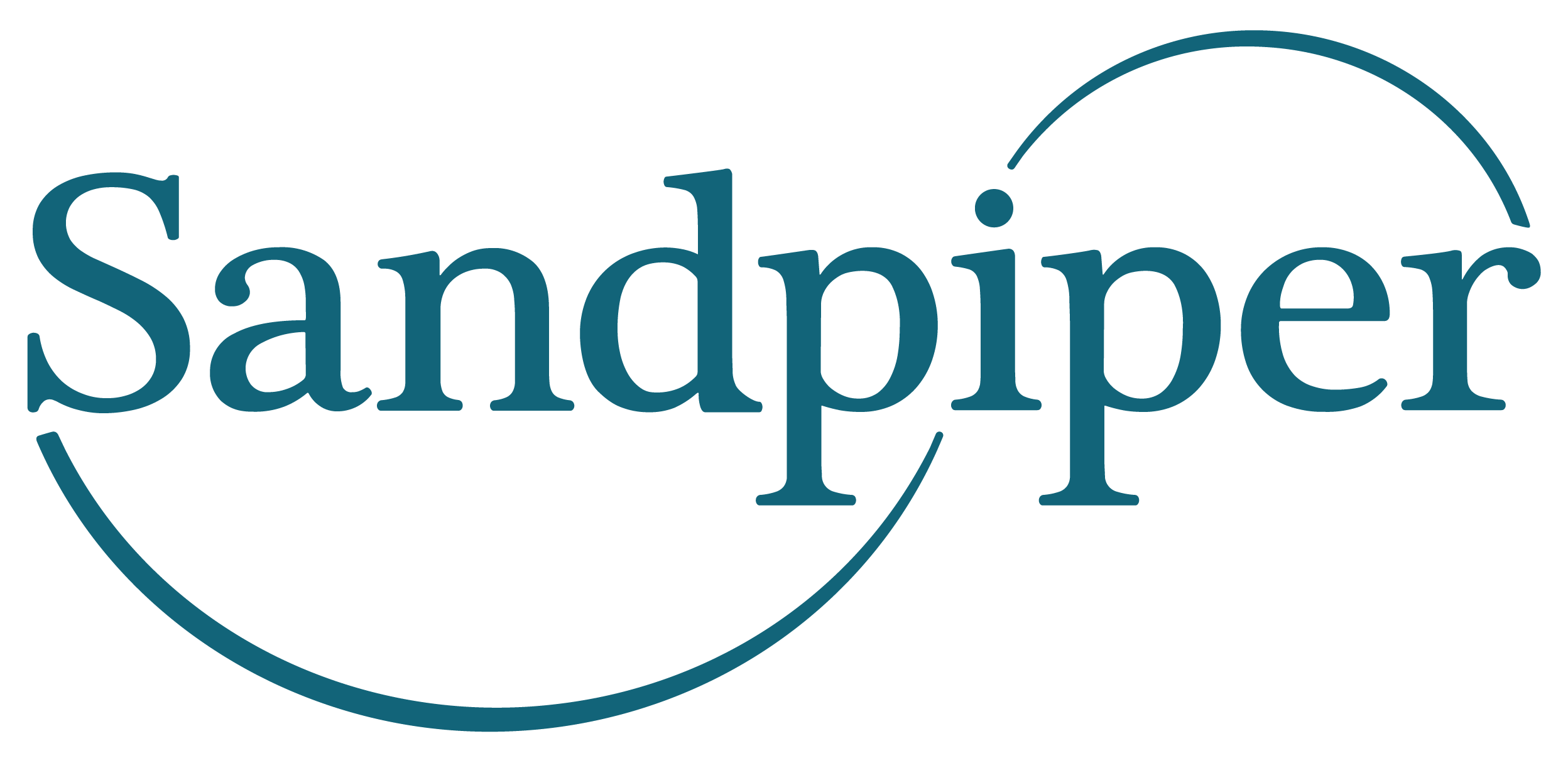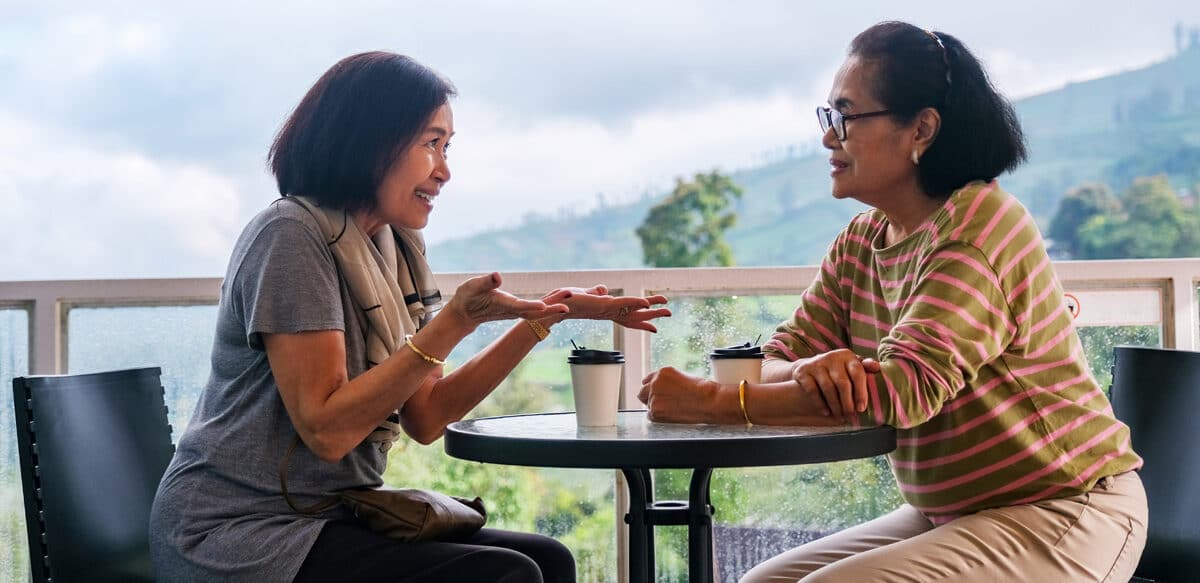
Turbulent Times in Thailand: Government and Policy Affairs Review

Private Markets in the Spotlight: Rethinking Investor Communications in an Age of Democratisation
Wider Lifespan-Healthspan Gap for Women: Reasons, Impact and Possible Solutions
September 2025

By Beatrice Hua. Based in Singapore and working at Sandpiper Health, Beatrice has extensive experience in advising healthcare clients on strategic communications.
In a recent piece, we explored the implications of an ageing population, the broadening gap between lifespan and healthspan which has led to people living longer, but not necessarily in better health, and what this means for healthcare communications.
A longer lifespan with more years spent in poor health has greater impact on women than on men. While the mean lifespan-healthspan gap is 9.6 years globally across genders, women have on average a 2.4-year larger gap than men.
In this article, we explore some of the underlying reasons, the impact of this gap and how healthcare communicators can communicate more effectively and mindfully to raise awareness of the larger gap in lifespan and healthspan for women, and contribute to reducing it.
Underlying Reasons for, and the Impact of this Wider Gap
A longer lifespan increases exposure to age-related diseases
Existing literature show that women outlive men in almost all settings in the world, despite experiencing a higher degree of non-chronic conditions. When women live longer, it means more time for age-related diseases to develop, especially for conditions that are more common in older age, such as hearing loss, cataracts, dementia, and complex health situations that include frailty and an increased tendency to fall.
Women are also more likely to experience conditions like osteoporosis and have a higher risk of fractures, which don’t always reduce lifespan but reduce the quality of life. On the other hand, men tend to have higher rates of chronic conditions that are partly due to gender differences in health behaviours, such as smoking, alcohol intake, drug use and occupational risks, which have more consequences with age.
Additionally, women are more likely to live alone in old age due to outliving spouses, which increases risk of depression and health decline. All this contributes to a reduced healthspan and lower quality of life for women in their older years, even as women’s lifespans continue to be longer than those of men.
Putting others first and themselves second
Women often wear many hats and take on caregiving responsibilities for families and their communities. The demands of these roles can directly and indirectly affect their health and well-being and access to care. Despite progress in recent years around acknowledging social factors that influence women’s health, a major part of the focus on women’s health specifically continues to be on reproductive care. Acknowledging and compensating women fairly and equitably for their formal and informal roles also continues to be critical in ensuring quality of life.
Lower understanding of what women need compared to men
Historically, medical studies have been focused on men and research data is generalised to females. Some have attributed this to concerns around impacting fertility or pregnancy in women. A recent study in Singapore found that women made up less than half of participants in nearly two-thirds of local clinical trials in the areas of infectious diseases and cardiology, among others. This has broad implications for women, especially as treatments and medications are designed based on findings from medical studies done on men.
Healthcare Communications is Part of the Solution
Addressing this is a long game that requires comprehensive, gender-aware strategies across research, healthcare policy, education and communications to help women live better in their older years.
The Gates Foundation recently announced a new, transformative $2.5 billion pledge through 2030 for women’s health initiatives worldwide across obstetric care and immunization, maternal health and nutrition, gynaecological and menstrual health, more accessible and effective contraceptive options and better diagnosis and treatment of sexually transmitted infections.
Aside from collaboration with governments, philanthropists, investors and the private sector investing in women’s health, as healthcare communicators, we must remain informed of these kinds of differences while more studies are being done to understand the disparities across the globe.
As healthcare communicators, we can also help bridge the gap between medical knowledge and everyday decisions – and promote health literacy in women through simplifying complex health information into clear and relatable content.
It is also important that healthcare communications around noncommunicable diseases that are common in women are designed so that campaigns and programmes are relevant and will resonate with them. Furthermore, normalising cultural and societal stigmas around sensitive women’s health issues, such as menstruation, menopause, mental health, sexual health and body image, can also go far in breaking barriers and encouraging conversations around what matters.
Lastly, showcasing diverse, relatable voices of women in health communications and campaigns, which include lived experiences, can also go far in validating experiences, fostering trust and ensuring that women feel supported.
While working towards minimising the lifespan-healthspan gap for all, we can all do our part in working towards a better quality of life for women.
Related news & insights:




